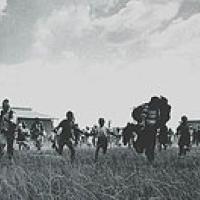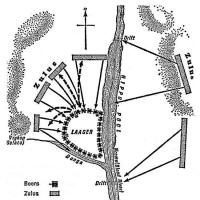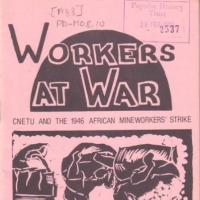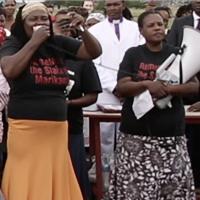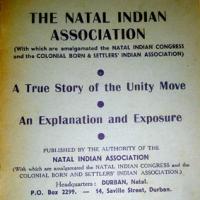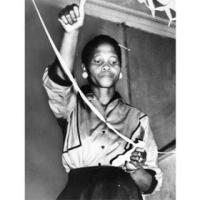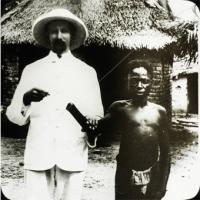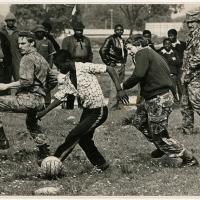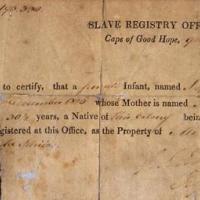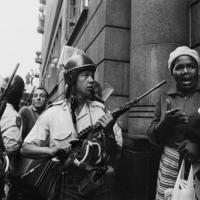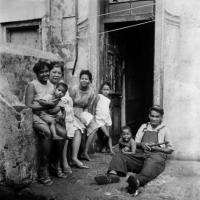Anna Johanna Dorothea de Villiers was a linguist, writer, and educator. She born on 24 December 1900 on the farm Saxenburg, Kuilsrivier. She was the eldest of six daughters and two sons of George Jacob de Villiers and his wife Anna Johanna Jacoba Bester. De Villiers received her first school education through Dutch as a medium of instruction, first from a governess and later from a man employed by her father to teach his children as the nearest school is too far.
One of the organisers of the 1956 Women's March, Lilian Ngoyi
